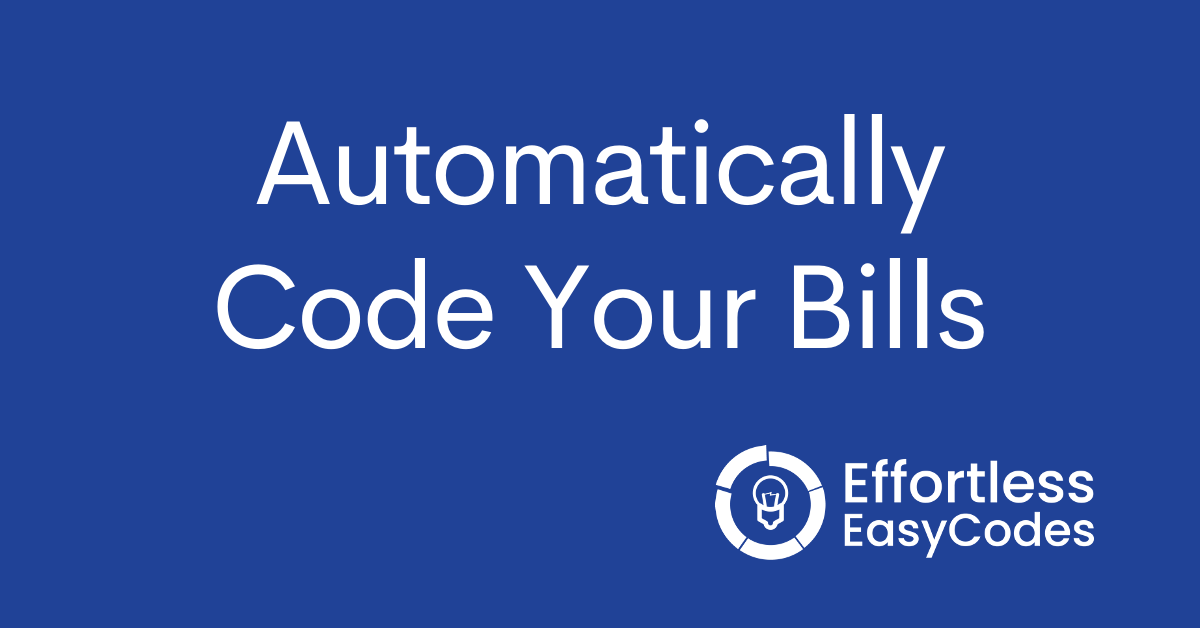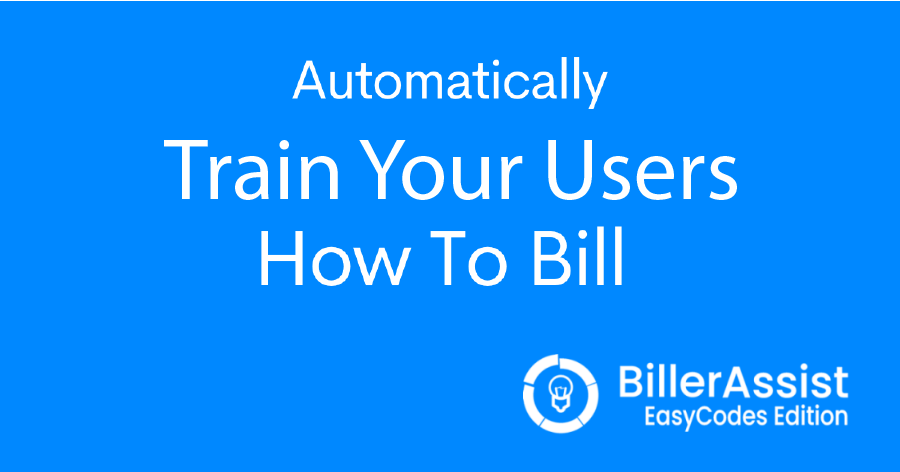A Survey of the Best Time-Saving Automation Applications for Law Firms

Numerous different industries — from food imports and logistics, to e-commerce and identity verification, to even trucking and transportation — have all been benefiting from automation.
Law firms are also beginning to take notice of the advantages offered by software automation in the legal space.
Due to the significant amount of monotonous tasks involved in legal work, automation software has been shown to maximize productivity, thereby reducing overhead expenses. According to a recent study by the McKinsey Global Institute, artificial intelligence (AI) and machine learning make it possible for about 23 percent of a lawyer’s job to be automated.
Both clients and counsel benefit from the additional efficiency presented by the automation of legal work. As cost-control pressures clash with the seemingly ever-increasing cost per hour of legal work, automation provides a new solution.
Here we will explore some of the newest evolutions of legal technology and how automation is driving those advancements.
Automated Legal Billing
The speed and accuracy of billing directly affects how much a law firm is paid, and the entering and tracking of hours worked is therefore of the utmost importance. Performing these tasks manually is time-consuming, susceptible to human error, and takes time away from billable tasks.
According to a recent survey article, “lawyers work on multiple matters often for multiple clients on any given day. It’s time-consuming and challenging to reconstruct what they worked on at the end of a long day… This may well compound the problem because many of us have a hard time remembering what we did yesterday, let alone what we did last week, or even several weeks ago.”
The importance of accurate billing cannot be overstated. This is why innovation and improvement in the area of legal billing are especially welcome, considering the tediousness of current manual billing processes. Fortunately, accuracy, time-management, and transparency have all been shown to improve when automated billing programs are employed.
Numerous “passive time tracking” applications — like RescueTime, Chrometa, DueFocus, FasterLaw, TimeCamp and others — cut out the middleman of logging time by directly timing work itself. It is a much simpler solution than trying to remember or estimate time worked. It is also much less work than trying to meticulously log time to add up at some later point.
Moreover, these types of apps won’t just time your work in the app itself, but also in programs like Word and Outlook. Many of these applications can also analyze the work you’re doing and categorize it based on your previous organizational habits.
Automated Task Codes
Unified Task-Based Management System and the Legal Electronic Data Exchange Standard were spearheads in the effort to promote standardization – primarily in terms of electronic billing.
Insurance, institutional, and corporate clients have come to require the use of these and similar standards to the point that they have essentially become a prerequisite for attorneys representing such clients. Requiring the use of these standards obligates attorneys and other timekeepers to add specific codes for each legal task and expense when compiling billing information and formatting invoices.
The problem is that in order to select the correct code for the corresponding task or expense, the timekeeper must go searching for the proper codes and make use of clunky drop-down menu lists.
When done manually, the process is prone to unintentional errors and idiosyncratic application of codes that can lead to rejected invoices based on incorrect formatting, inaccurate coding, or various other issues.
Clearly, while the idea of standardization is sound, there is plenty of room for innovation and improvement.
That “innovation and improvement” has taken the shape of new “computer-assisted billing” applications that ease — if not erase — pain points from the legal billing process. That means getting rid of incorrect coding, removing opportunities for human error, and thereby significantly cutting down on rejected invoices based on improper coding or formatting. This is all achieved by automating the implementation of UTBMS/LEDES coding.
Automated Billing Review
A recent survey of over 300 USA-based law firms found that almost 75% of the firms reported having significant unpaid accounts receivables. Among these firms, one of the top two reported causes was clients disputing the firms’ fees and charges.
Indeed, any lawyer who has had to send out bills knows the dread of having a client balk at obvious errors or overcharges in their invoices. Put simply, sloppy billing is a good way to lose client business.
Similarly, with cost-saving pressures and automation tools providing clients with the means to easily scrub outside counsel invoices for errors, lawyers who represent institutional clients are by now accustomed to clients disputing charges and cutting their time.
Moreover, lawyers are ethically obligated to limit their fees to reasonable amounts. Rule 1.5 of the American Bar Association’s Model Rules of Professional Conduct requires that: “[a] lawyer shall not make an agreement for, charge, or collect an unreasonable fee or an unreasonable amount for expenses."
Courts have reiterated this obligation, requiring that attorneys must exercise “billing judgment,” and “make a good-faith effort” to exclude charges and expenses “that are excessive, redundant, or otherwise unnecessary.”
For all these reasons, and perhaps more, lawyers expend significant amounts of time every month cleaning up their “pre-bills” or otherwise manually examining billing records before invoices are actually generated and sent to clients.
However, in addition to automating billing codes, the new “computer-assisted billing” applications substantially decrease or even eliminate the monthly process of billing review.
With the billing applications of the past, attorneys and paralegals usually log the actual time expended on a task, leaving the billing review to the partner to worry about whether too much time was expended or whether the client might otherwise dispute the charge. The new computer-assisted billing applications move the process to the source, using the law firm’s own data to provide real-time alerts to the attorneys and paralegals when they are spending too much time on a task.
The alerts are provided as work is being done, allowing the attorneys and paralegals to easily monitor their own work, avoiding excessive time expenditures before it’s too late.
This also means the client is less likely to dispute the charges, and the billing partner is less likely to have to do any write-downs.
Similarly, with the billing applications of the past, billing partners are left with at best only a subjective notion of whether a charge is reasonable and should be aid.
Instead, with the new computer-assisted billing applications, each charge as well as the accumulating matter total are both statistically analyzed to conform with what the law firm has billed and been paid in the past. This means billing review is now empowered with a super-fast and mathematical justification.
Thus, the new computer-assisted billing applications not only speed up the billing process, but they also provide a statistical and objective basis for the application of “reasonable fees” and “billing judgment” determinations.
Automated Legal Research
It is not a revelation to point out that the manual process of legal research is time-consuming. With that in mind, it’s also no surprise that attorneys have looked for ways to mitigate its arduousness.
It is thanks to improvements in Natural Language Processing (NLP) that applications like Bloomberg’s Points of Law, CaseText, Lexis Answers, and WestSearch Plus have all improved interactions between humans and computers. NLP works by combining computational linguistics with artificial intelligence. Put plainly, it allows a user to inquire about extremely specific information and the program will quickly return accurate and detailed responses.
The success of applying NLP to legal research has already been proven. A partner-level attorney from Miami chose to see how his researching skills stacked up against a legal research program to test both speed and accuracy. The program found the relevant case immediately. It took the attorney upwards of 10 hours to find the same information.
Not only is automated legal research easier for attorneys, but it’s also exponentially faster and helps remove human error. Having a method of curtailing time-consuming tasks has become a baseline component of staying competitive.
This is particularly beneficial in a time where clients scrutinize their legal bills more than ever. In fact, a recent Canadian court ruling illustrates its necessity.
In the Canadian case, two lawyers who failed to utilize legal research technology and instead conducted the research manually were found to have overbilled their clients for their services. The judge came to this ruling due to the fact that using AI-assisted sources would have drastically reduced the time it would have taken to complete the task. Therefore, the judge reduced the requested fee award and nixed the attorneys’ legal research fees entirely.
Automated Contract Review
In a similar vein to legal research, reviewing contracts is time-intensive work. Accuracy is of the utmost importance and attorneys will pour hours upon hours into making sure nothing was missed. Furthermore, security and confidentiality concerns have been greatly exacerbated by the interconnectivity of the digital age. Documents are more vulnerable as they no longer exist in a singular physical space but on shareable networks and servers.
Automation has filled the need for innovation and improvement in this arena as well.
Kira Systems and legal tech tools like it have created the means to automate most – if not all – of the contract review process. The reading of contracts, the identifying of predetermined concepts and clauses, and the easily comprehendible organization of relevant information have all been made possible by advancements in machine learning. Additionally, everyone in the firm can see and make changes to the same information in real-time through the use of firmwide software. This has the effect of mitigating redundancy and curtailing confusion.
Unfortunately, reviewing and revising contracts is only part of the puzzle. Next comes making sure performance is guaranteed and enforce, which can be tricky in and of itself.
“Smart Contracts” provide some of the answers to the conundrum of guaranteeing and enforcing contract performance.
Smart Contracts assist parties in exchanging money or anything else of value in ways that alleviate conflict and are easily and immediately verifiable, using blockchain technology. They also remove the need for paying or making use of intermediaries. Because of the blockchain technology, any changes (which can themselves only be logged as additions) are noted and dated in ways that cannot be altered or removed. This makes making fraudulent changes to the contract effectively impossible.
Conclusion
It is difficult to argue that continuing to perform tasks manually when automated alternatives exist is prudent. Automation saves both time and money. In fact, automation will likely be a necessity in the years to come. For now, however, they provide an advantage to the increasing number of savvy firms who make use of them.





